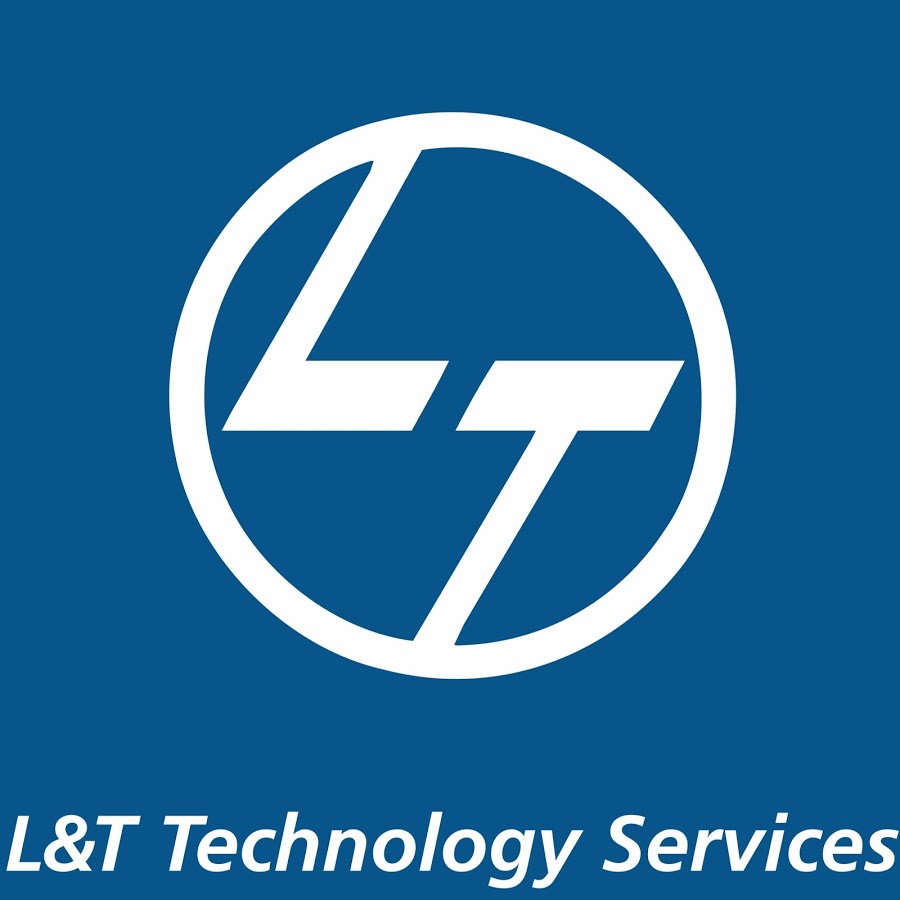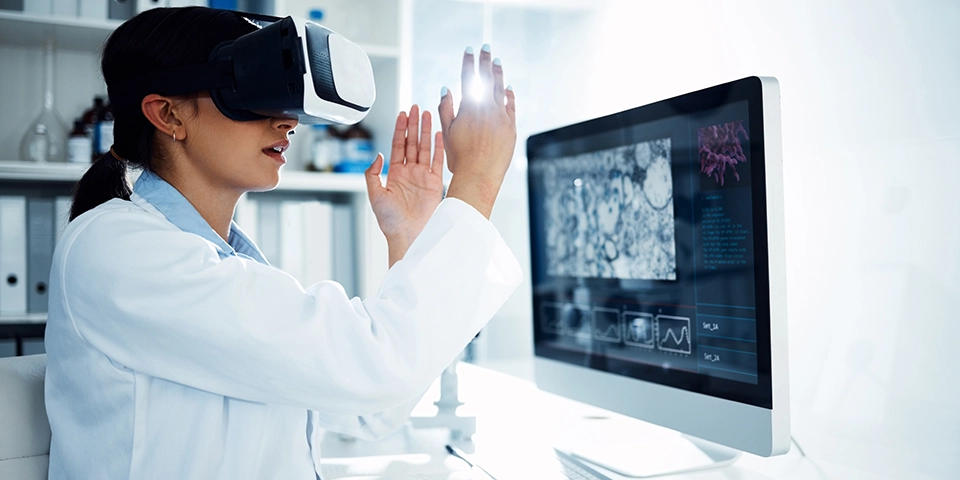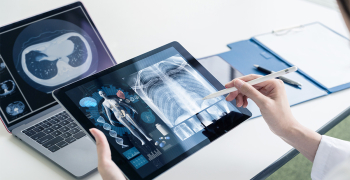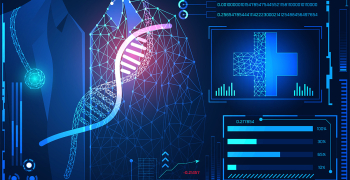Imagine a cardiac implant that does not just record or regulate but truly learns and evolves. It senses subtle shifts in cardiac rhythm, references a virtual model of the patient’s heart, and autonomously fine-tunes its parameters to prevent adverse events.
The scenario, however futuristic, is closer to reality than fiction. Trends indicate that this is where the next-gen medical devices are headed, driven by the growing convergence of AI, digital twins, and embedded intelligence.
The Next Frontier in MedTech: Devices that Evolve
Traditional medical devices have long operated under a fixed paradigm: design once, deploy, and monitor within static boundaries. But the emergence of machine learning (ML) and digital twin technology is rewriting that model.
The U.S. FDA has already recognized the transformative potential of AI/ML-based software, highlighting its “ability to learn from real-world use and experience.” Meanwhile, digital twins — virtual representations of human physiology and device behavior — are enabling in-silico testing and continuous feedback.
The result? A leap forward, across:
- AI that interprets data streams in real time,
- Digital twins that simulate and validate adaptive responses, and
- Edge intelligence for safe and autonomous recalibration
In essence, the medical device of tomorrow promises to become a living system, seemingly capable of evolution within the bounds of regulatory and clinical framework.
The Building Blocks of Self-Learning Systems
To move from concept to clinic, four core pillars must align for the upcoming generation of medical devices:
1. Smart sensing and data infrastructure
Continuous, high-quality data is the foundation of the future. Multi-modal sensors, covering physiological, behavioral, and environmental inputs, need to feed an intelligent pipeline that would, in turn, ensure data integrity, privacy, and secure connectivity.
2. The patient-device digital twin
A digital twin mirrors the patient’s anatomy, physiology, and device dynamics holds the key to success. Recent research underscores how in-silico models can accelerate personalized medicine and predictive care. A well-validated twin allows developers to simulate interventions, test “what-if” conditions, and optimize the device without waiting for real-world failures.
3. The agentic AI engine
This is the adaptive brain of the system — an AI that updates itself through feedback loops, adjusts parameters, and learns safe behavior patterns. Crucially, it operates within a governance model that defines what it can (and cannot) change autonomously.
4. Explainability and lifecycle assurance
When algorithms evolve, traceability and transparency become non-negotiable. The FDA’s draft guidance for AI-enabled devices stresses total product lifecycle (TPLC) management — ensuring explainability, performance validation, and algorithmic assurance from design through post-market use.
Why This Matters
The benefits from the emergence of self-learning devices are both clinical and systemic. This includes:
- More personalized care: Devices that adapt to each patient’s unique physiological signature,
- Accelerated validation: Digital twins enable virtual trials that shorten time-to-market,
- Lower lifecycle costs: Self-optimization reduces recalibrations and maintenance,
- Better safety through vigilance: Continuous monitoring detects drift or bias before harm occurs, and
- Strategic differentiation: Where adaptive becomes the new benchmark, going beyond smart.
In turn, this leads to a clear shift from reactive medicine to anticipatory care — from monitoring to co-evolving with the patient.
Engineering and Regulatory Parameters in Action
Developing trustworthy adaptive medical devices requires a new technical and operational foundation. First, the device architecture for learning must be robust, incorporating modular firmware for updates, seamless edge-cloud coordination for processing data, and cybersecurity integrated by design from the ground up. This physical architecture must be mirrored by verified digital twins which need rigorous validation, continuous updates with real-world data, and full traceablity to the physical device's performance and outcomes.
Governing this technology necessitates a focus on process and people. Effective AI lifecycle governance is crucial, with Good Machine Learning Practice (GMLP) principles anchoring every stage, from training to deployment. Predetermined Change Control Plans (PCCPs) are essential for managing how the AI adapts responsibly over time. This governance directly supports regulatory readiness, as developers must demonstrate to regulators not only the device's initial performance but also its planned learning pathways, documenting how models will evolve while remaining safe.
Ultimately, all these elements need to serve a human-centered design, ensuring patients and clinicians remain in the loop. Trust is built upon transparency, informed consent, and clear boundaries that define which changes are autonomous and which remain under clinician control.
From Static Devices to Living Systems
For innovators, this is a moment of transformation. The focus is no longer on adding intelligence to devices — it is about embedding adaptability into the fabric of care. The most forward-looking MedTech teams are already building ecosystems where AI agents and digital twins collaborate to keep devices context-aware, compliant, and clinically validated.
The future of MedTech, clearly, will not be defined by devices that simply record or respond. It will be led by systems that sense, simulate, and self-correct. In that future, a pacemaker won’t just follow a script — it will understand its patient.
As we move toward that horizon, the opportunity isn’t just technological innovation — it’s human reinvention. The question for today’s engineers, regulators, and clinicians, therefore, is no longer “Can we build a self-learning medical device?”, but, rather, “Can we design it to learn safely, transparently, and for the good of every patient it serves?”




